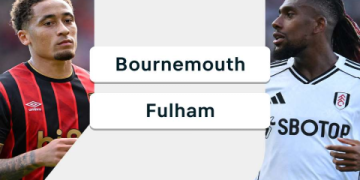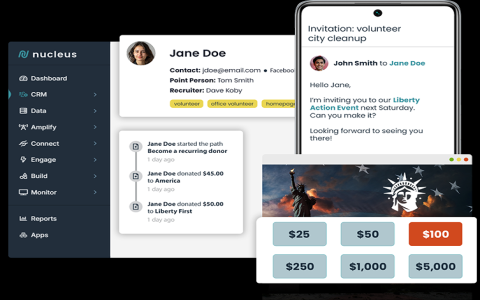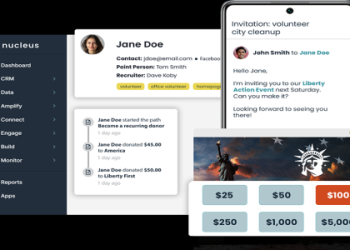Alright, let me tell you about the time we tried to get organized during that campaign season. Things were getting messy, fast. We had lists of names scattered everywhere – scribbled on notepads, buried in email chains, stuck in different spreadsheets. Trying to figure out who had donated, who wanted to volunteer, or who we’d even talked to was becoming a real headache.
We knew we needed something better than just piles of paper and endless Excel files. So, I started looking around. Didn’t need anything super complicated or expensive, just a central place to keep track of all the people involved – voters, donors, volunteers, the whole lot. Spreadsheets were okay for lists, but terrible for tracking interactions or knowing who was doing what. We needed a proper contact management thing, a CRM they call it, but tailored for what a campaign actually does.
Getting Started – The Setup
First step was actually picking a tool and getting it running. Once we had that sorted, the real fun began: getting all our existing contacts in one place. Man, that was a job. We had to pull data from everywhere, clean it up because half of it was outdated or spelled wrong, and then figure out how to import it without making a bigger mess. Took a few tries, lots of coffee involved.

Then we had to decide what information we actually needed to track. We kept it simple:
- Name and Contact Info (Phone, Email, Address)
- How they connected with us (Event, Website, Referral)
- Donation History (Amount, Date)
- Volunteer Interests/Availability
- Maybe a tag for key issues they cared about
- A spot to log calls or emails
We didn’t want to overcomplicate it. Just the basics to make sure we knew who we were talking to and what they cared about. We added a few custom tags like ‘Key Donor’, ‘Active Volunteer’, ‘Yard Sign Request’ – stuff like that made sorting easier later.
Making it Work Day-to-Day
Getting the system set up was one thing; getting people to actually use it was another. I spent a fair bit of time showing the core team and some key volunteers the ropes. Just the simple stuff: how to look someone up, how to add a note after a phone call, how to update contact info. The main thing was getting everyone to log their interactions. If it wasn’t in the system, it basically didn’t happen. There was a bit of grumbling, sure, people are used to their old ways, but we kept pushing.
Slowly but surely, it started to make a difference. We could finally pull a list of everyone who donated over $50 and quickly send them a personalized thank you email. When we needed volunteers for a weekend event, we could easily find people who had said they were available. We could segment our emails, so we weren’t bothering potential donors with volunteer requests, and vice-versa. Tracking who called which voter became possible, preventing those awkward double-calls.
Was it perfect? Heck no. Keeping the data clean was an ongoing battle. People would forget to log calls, or make typos. But it was miles better than the chaos we had before. Having that central place, even with its flaws, meant we were more organized, could respond faster, and didn’t let as many people fall through the cracks. It wasn’t magic, just a tool, but it definitely helped us manage the sheer volume of people a campaign has to deal with.
























